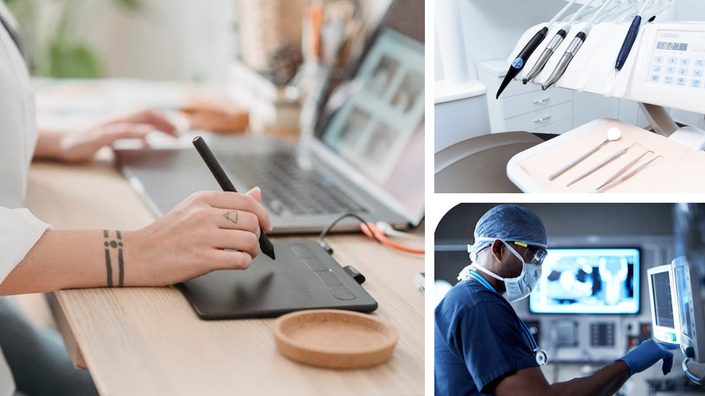May 15, 2023
Injection Molded Polymer Beats Out Aerospace-Grade Aluminum for Aerial Vehicles
BlueHalo's next gen Unmanned Aerial System(UAS) will feature a new injection molded chassis made with multiscale reinforced polymer HX5 provided by Dallas based firm Alpine Advanced Materials. The new HX5 compound will replace machined aerospace grade aluminum, a change that will make the Intense eye UAS much stronger and lighter with increased efficiency and payload. Interestingly, the original developer of HX5 was Lockheed Martin which intended to use it on their F-35 Fighter jet. Lockheed Martin wanted a nanocomposite that provided strength comparable to aluminum but at only half the weight. BlueHalo's Intense Eye UAS series are a family of 750mm class 4 rotor Vertical Take Off and Landing (VTOL) UAS, which have both commercial and military capabilities. BlueHalo collaborated directly with Alpine Advanced Materials providing assistance with Moldflow analysis to enhance strength and fiber alignment in critical areas. HX5 was developed to replace 6061-T6 aluminum which it has done successfully. However, Alpine is currently working on developing an overmold solution utilizing carbon fiber reinforced plastics and HX5 to exceed capabilities of 7000- series aluminum. Learn more here.
May 31, 2023
In-Mold Electronics May Reach Widespread Adoption in the Medical Sector
In-Mold Electronics May Reach Widespread Adoption in the Medical Sector
In mold electronics have great potential in the medical devices sector. Several advantages such as relatively lightweight, compact design, affordability make them an attractive bet for medtech OEMs. In mold devices have smooth surfaces free of gaps making them easier to clean and less likely to hold on to dirt or bacteria. Controllers such as those used for hospital beds would be an excellent use of in mold technology. These controllers usually have push buttons which have hard to clean gaps and are prone to cracking or braking because of the moving parts and additional force needed to push down on the buttons. In mold devices use capacitive touch to detect the presence of your finger and you don’t actually have to forcefully push down on the buttons. What’s more, molding manufacturers will also benefit greatly from this development as the processes and equipment needed to produce in mold electronics is already available and only small adjustments would be needed to optimize them for in mold product fabrication. There are some things to overcome though such as which materials to use and other issues. Learn more here.


